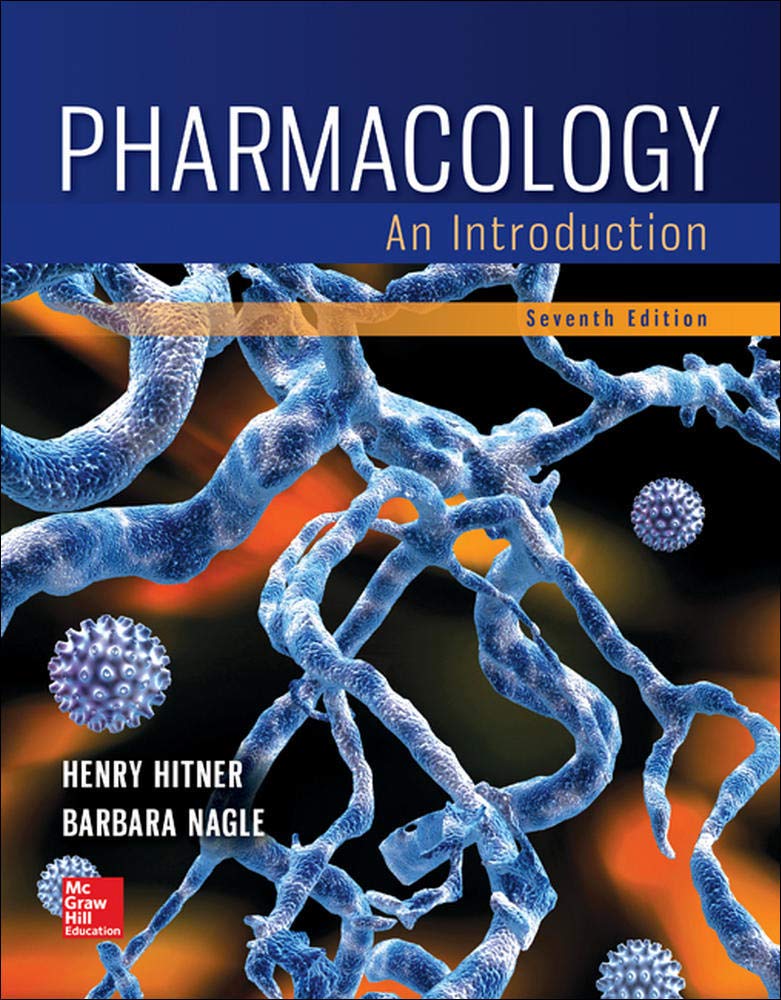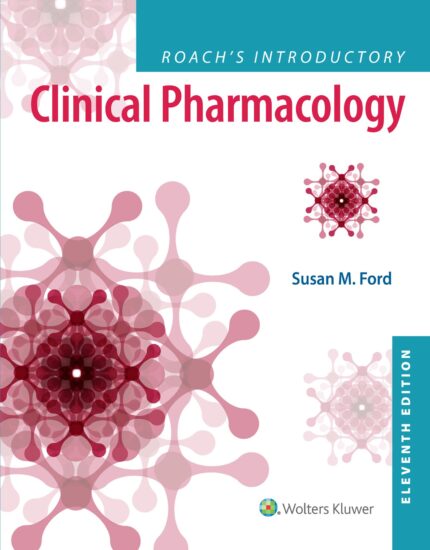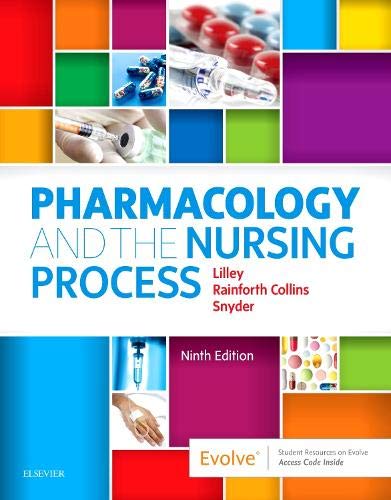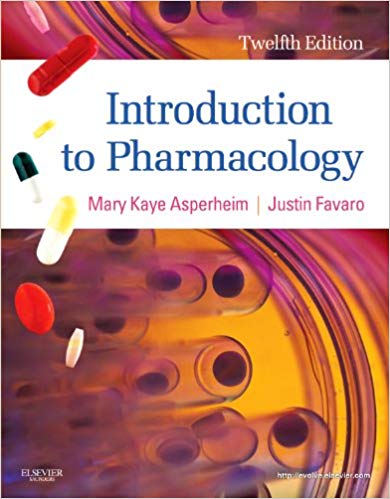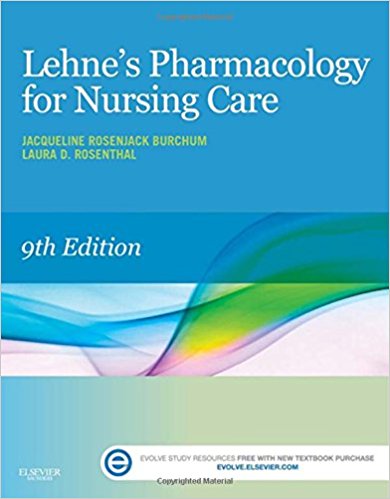Test Bank for Pharmacology 7th Edition by Hitner
Chapter 01
Multiple Choice Questions
- Pharmacokinetics is the area of pharmacology that deals with the study of:
A. the processes of drug absorption, distribution, metabolism, and excretion.
B. the action of drugs on living tissue.
C. the use of drugs in treating disease.
D. the harmful effects of drugs on living tissue.
Pharmacokinetics is the area of pharmacology that deals with the study of the processes of drug absorption, distribution, metabolism, and excretion.
ABHES: 6.a. Identify drug classification, usual dose, side effects, and contraindications of the top most commonly used medications
Blooms: Remember
CAAHEP: I.C.11.a. Identify the classifications of medications including indications for use
Difficulty: 1 Easy
Learning Outcome: 01.01
- Which of the following is an example of a drug derived from a plant?
A. Insulin
B. Digitalis
C. Cephalosporin
D. Estradiol
Examples of drugs derived from plants that are still widely used today include the analgesics morphine and codeine, which were obtained from the poppy plant (Papver somniferum); the heart drug digitalis, which was obtained from the purple foxglove (Digitalis purpurea); and the antimalarial drug quinine, which was obtained from the bark of the cinchona tree.
ABHES: 6.a. Identify drug classification, usual dose, side effects, and contraindications of the top most commonly used medications
Blooms: Remember
CAAHEP: I.C.11.a. Identify the classifications of medications including indications for use
Difficulty: 1 Easy
Learning Outcome: 01.01
- Today, new drugs are mainly derived from:
A. chemical synthesis.
B. animals.
C. plants.
D. enzymatic synthesis.
Despite the many examples of drugs obtained from plants and living organisms, the main source of new drugs today is from chemical synthesis.
ABHES: 6.a. Identify drug classification, usual dose, side effects, and contraindications of the top most commonly used medications
Blooms: Remember
CAAHEP: I.C.11.a. Identify the classifications of medications including indications for use
Difficulty: 1 Easy
Learning Outcome: 01.01
- Which of the following statements is true of toxicity?
A. Toxic effects refer to those effects triggered by drugs that are undesirable but not harmful.
B. The toxic effects of a drug can be life-threatening.
C. The toxic effects of a drug can be controlled by increasing the dosage of the drug.
D. Patients are often advised to tolerate the toxicity of a drug in order to benefit from the drug’s therapeutic actions.
Toxic effects, or toxicity, implies drug poisoning, the consequences of which can be extremely harmful and may be life-threatening.
ABHES: 6.d. Properly utilize Physician’s Desk Reference (PDR), drug handbook and other drug references to identify a drug’s classification, usual dosage, usual side effects, and contraindications.
Blooms: Understand
CAAHEP: I.C.11.a. Identify the classifications of medications including indications for use
Difficulty: 2 Medium
Learning Outcome: 01.02
- Which of the following statements is true of a drug?
A. The effects produced by a drug are always desirable.
B. The properties of a drug do not influence the effects it produces.
C. A drug does not produce more than one effect.
D. A pure drug is a chemical compound with a specific chemical structure.
Every pure drug is a chemical compound with a specific chemical structure

